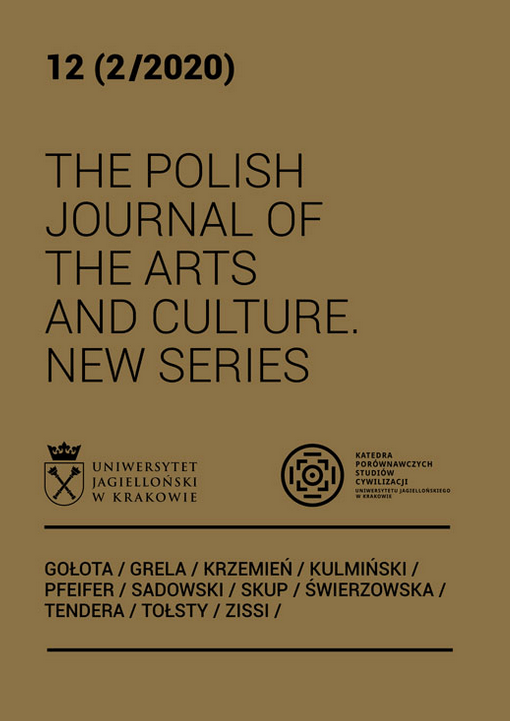Charakterystyki krainy Sukhāvatī w kontekście przemian buddyjskiej kosmologii i soteriologii. Część pierwsza
Characteristics of The Land of Sukhāvatī in The Context of Changes in Buddhist Cosmology and Soteriology. Part One
Author(s): Robert SzuksztulSubject(s): Cultural history, Indian Philosophy, History of Religion
Published by: Wydawnictwo Uniwersytetu Jagiellońskiego
Keywords: Sukhāvatī; Pure Land; cosmology; soteriology; Amitābha; Buddhism;
Summary/Abstract: The text analyses Sukhāvatī – Amitābha’s purified buddha field, also known as the Pure Land. The vision of Sukhāvatī became immensely popular in Indian Mahāyāna Buddhism, and in East Asia it started a new Buddhist tradition. Some of its features – at least on the surface – differ from standard ideas about what Buddhism is. The descriptions of the activity of the Buddha Amitābha, who brings salvation to all beings, by enabling them to be reborn and live a blissful and virtually endless existence in his paradise land of Sukhāvatī, where achieving the ultimate goal of Buddhist practice is quick and easy, led to attempts at showing the structural similarities of this tradition with, for example, Christianity. There were also attempts at proving direct borrowings from other religions and cultures, which was supposed to explain the source of the name, location and characteristics of this land. These characteristics, however, can be more convincingly explained by analysing the process of evolution of Buddhism itself, which is the main focus of this work. Due to its volume, the text is divided in two parts. The first part defends the assumption about the intra-Buddhist origins of Sukhāvatī and the justification for this choice in the context of various other theories about the origin of that land. Then the evolution of the Buddhist cosmological vision that eventually led to the concept of purified buddha fields, including Sukhāvatī, will be discussed. The second part will be devoted to an analysis of the characteristics of this land in the light of the Short and Long Sukhāvatīvyūha sutras, and in the context of other Buddhist texts, to show that Sukhāvatī combines the following Buddhist themes: (a) in the visual layer, the presentation of a paradise, an ideal land that lacks any existential ills, (b) in the non-material aspect, the activity of nirvāṇa, (c) in the dimension of the Buddhist path, the easy practices that characterise the conditions of rebirth for the lower heavens.
Journal: The Polish Journal of the Arts and Culture. New Series
- Issue Year: 13/2021
- Issue No: 1
- Page Range: 153-170
- Page Count: 18
- Language: Polish

